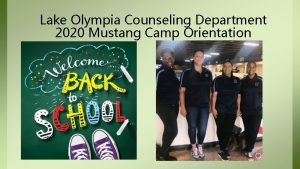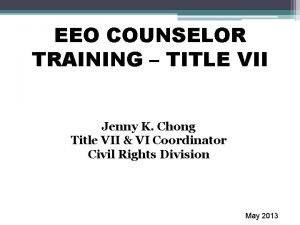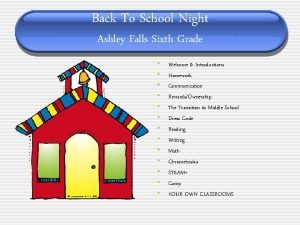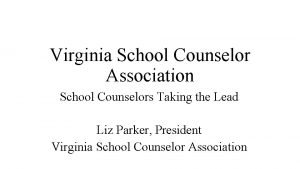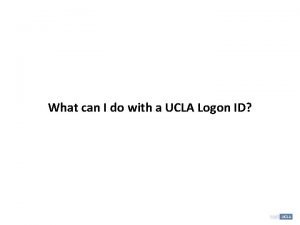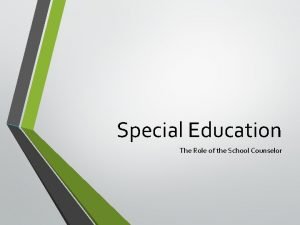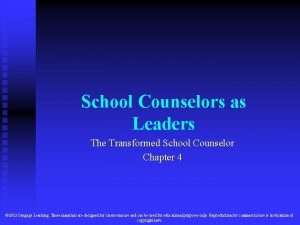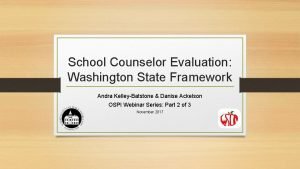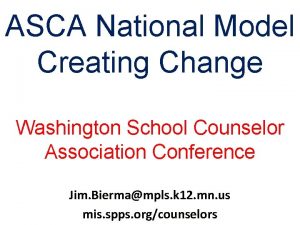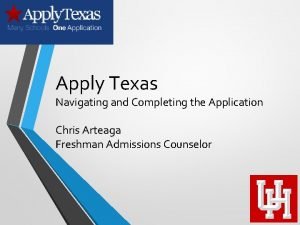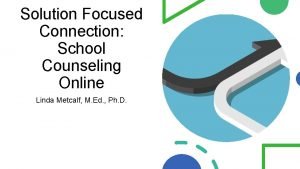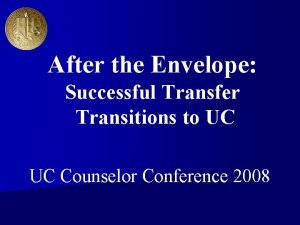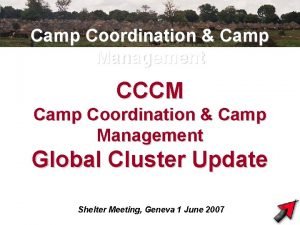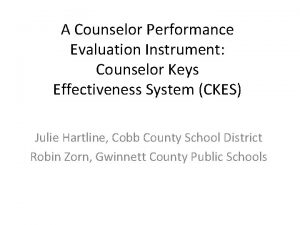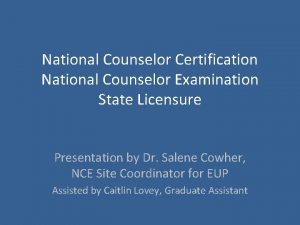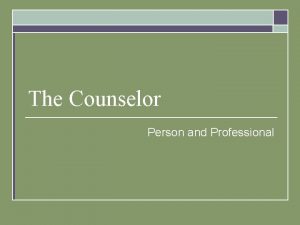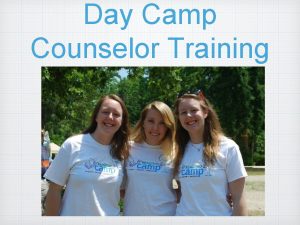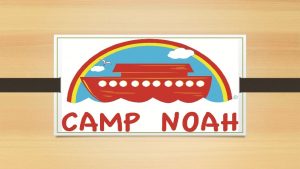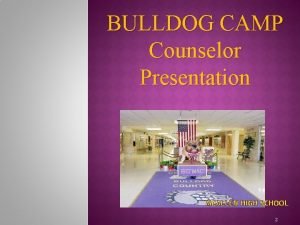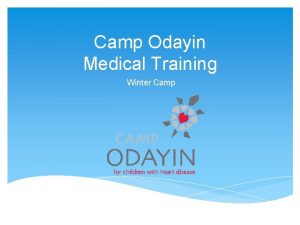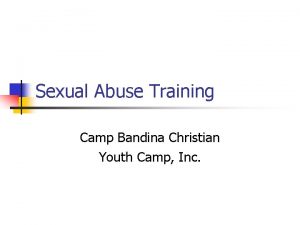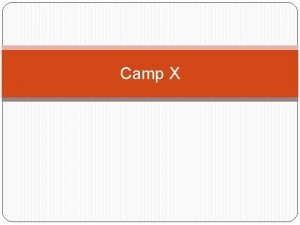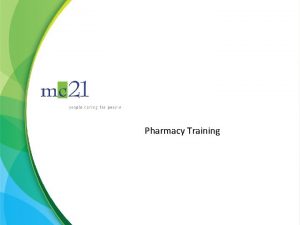4 H Camp Counselor Training 4 H Camp



















- Slides: 19

4 -H Camp Counselor Training 4 -H Camp Safety -Sunlight and Heat -Injury Basics -Specific Injuries

Sunlight and Heat Exposure to excessive sunlight and heat can put campers and counselors at risk of: • sunburn • heat cramps • heat exhaustion • heat stroke To prevent these risks, counselors and campers should practice these basic tips: • Apply sunscreen generously and often. • Wear light colored, loose fitting clothes. • Drink plenty of liquids (at least 8 -10 glasses of water a day). • Seek out the shade whenever possible. 2

Sunlight and Heat Counselors should periodically remind campers to apply sunscreen: • before swimming and other water related activities • before outdoor recreation activities If campers do get sunburned, encourage them to limit exposure of the burned skin and to apply burn lotion or gel to the burned area. 3

Sunlight and Heat Cramps • symptoms include spasms usually occur in the legs and abdomen • treatment includes rest and drinking plenty of fluids 4

Sunlight and Heat exhaustion • characterized by cool, moist, pale, or flushed skin; headache, nausea, dizziness, weakness, and exhaustion often occur • treatment includes rest, drinking plenty of fluids, and administering cool compresses 5

Sunlight and Heat Stroke • a serious medical emergency • develops when the body systems are overwhelmed by heat and begin to stop functioning • signals include red, hot, dry skin; changes in consciousness, rapid weak pulse, and rapid breathing 6

Injury Basics • If a camper or another counselor is injured remember to: • check out the situation before approaching someone needing help • stay calm and help the injured person to stay calm • try to find out what is wrong with the sick or injured person 7

Injury Basics • If a camper or another counselor is injured remember to: • look for additional injuries and medical alert jewelry (e. g. diabetic bracelet) • notify one of the adult staff immediately, but never leave the injured or sick person alone-have someone stay with them or send someone for help 8

Injury Basics Unless you know what you are doing, do not try to give the person first aid. Doing the wrong thing may do more harm than good. 9

Injury Basics Do not try to move a hurt person unless they are in a dangerous place. If the person needs to be moved, proceed very carefully and always try to keep their neck and spine stable. 10

Specific Injuries If someone has been burned: • get them away from the heat source • run cool, NOT COLD, water continuously over the burn 11

Specific Injuries If the injured person has been stung or bitten: • instruct them to sit down and remain calm until help arrives • try to determine what bit or stung the person • Find out if they are allergic to anything 12

Specific Injuries If an injured person is bleeding: • find a clean or sterile bandage/cloth to apply pressure to the cut with • keep them comfortable in a seated or reclining position until help arrives • If a bandage is not available, have the injured person apply pressure to the cut with their hand. Never touch another person’s blood. 13

Specific Injuries If someone has a nosebleed: • have them pinch their nostrils shut and lean forward-NOT BACKWARD • maintain pressure until the bleeding stops 14

Specific Injuries If someone has a broken bone: • keep them still in a comfortable position • get help immediately 15

Specific Injuries If someone has a lost a tooth: • pad the gum with a sterile cloth to absorb the blood • instruct them to pick up the tooth with a tissue and take them to the nurse’s station 16

Specific Injuries If someone is having a seizure: • remove nearby objects • do not restrain the person • do not put anything in their mouth • protect their head by placing a folded cloth beneath it 17

Water Safety • • No swimming without Lifeguards No running or rough play on dock Swim/jump in designated areas only No swimming under dock No glass in or around waterfront Wear shoes to and from waterfront Obey buddy system at all times Be safe and have fun 18

Water Safety • All youth must participate in the swim test before being allowed to swim during designated swim times. • Youth are not allowed at waterfront during off class times and without adult supervision. • Lifejackets must be worn at all times when you are in a canoe or kayak. 19
 Skyward hartlake
Skyward hartlake Imath as
Imath as Eeo counselor training
Eeo counselor training Https://teach.classdojo.com
Https://teach.classdojo.com Disney cruise line youth activities counselor
Disney cruise line youth activities counselor Virginia school counselors association
Virginia school counselors association School counselor and principal relationship
School counselor and principal relationship Housing counselor certification
Housing counselor certification Bruin online vpn
Bruin online vpn Special education counselor
Special education counselor The transformed school counselor
The transformed school counselor School counselor certification washington state
School counselor certification washington state Uci ics academic advising
Uci ics academic advising Washington school counselor association
Washington school counselor association Apply texas counselor suite
Apply texas counselor suite Los alisos middle school
Los alisos middle school School counselor roles
School counselor roles School counselor roles
School counselor roles Uc counselor conference
Uc counselor conference Tanggung jawab konselor
Tanggung jawab konselor
